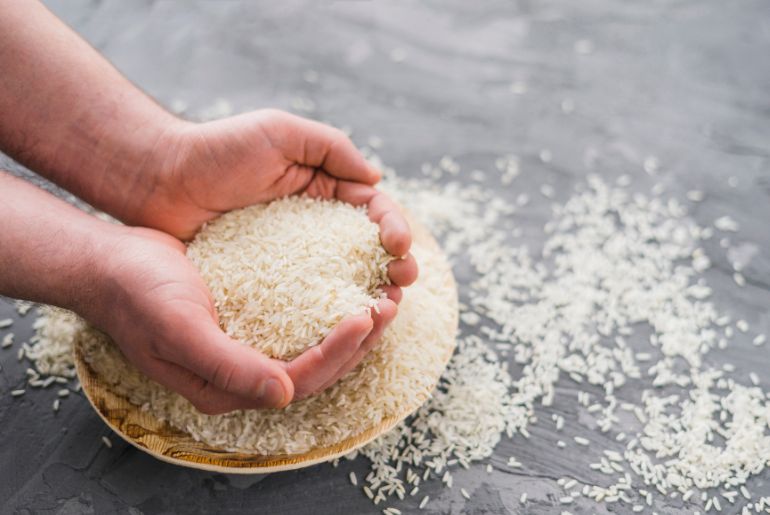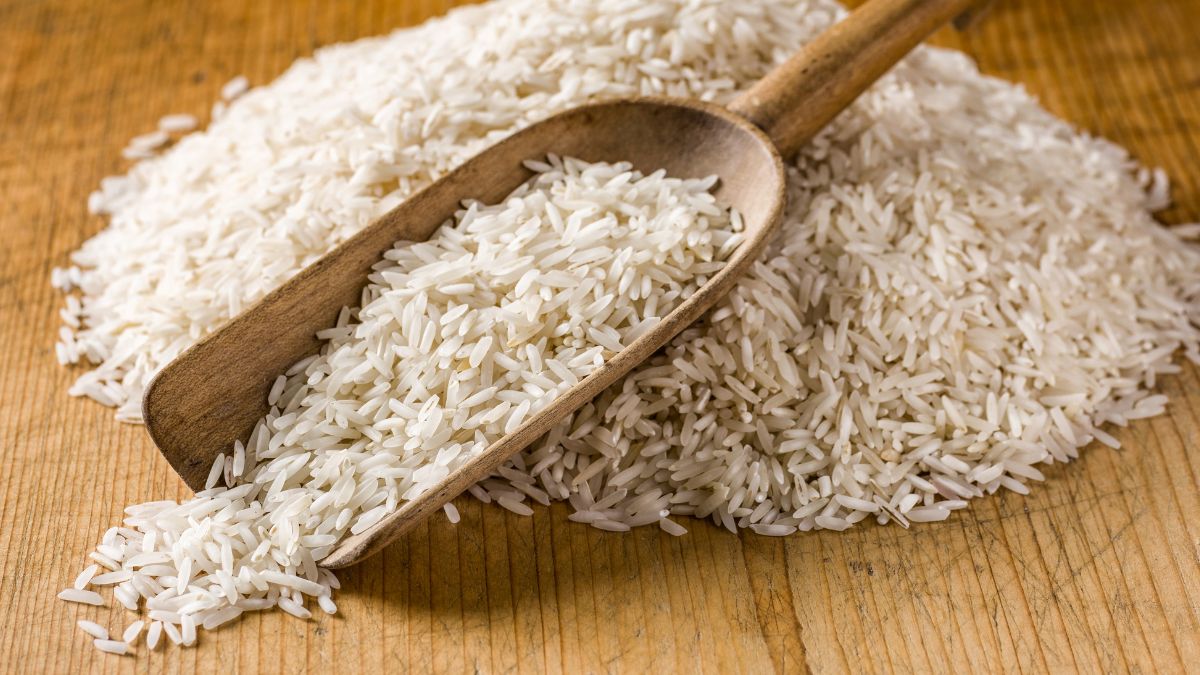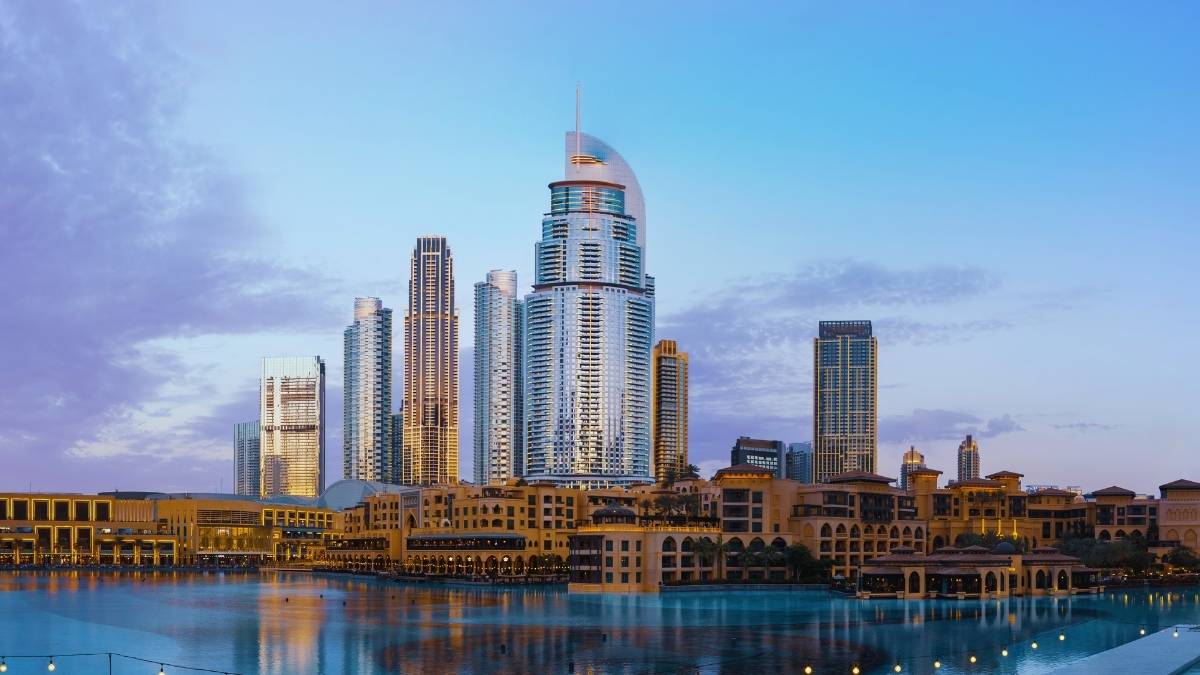If you have followed the news, you must already know that India had called for a ban on exporting non-basmati white rice. But on September 25, the Indian government gave out a green signal and allowed the export of non-basmati rice to the UAE.
India Permits Export Of Non-Basmati Rice

The export of 75,000 tons of non-basmati white rice to UAE receives a green signal by the Indian government. The National Cooperatives Exports Limited (NCEL) will be looking after the export to the UAE, according to information provided on Monday by the Directorate General of Foreign Trade (DGFT).
In order to increase domestic supply in the face of high inflation and the likelihood of an unpredictable monsoon, India had banned the export of non-basmati white rice. To satisfy the demands of vulnerable nations in terms of food security, the government is now allowing the export of other grain and rice varieties.
Director General of Foreign Trade (DGFT) Santosh Kumar Sarangi stated to PTI last week that on July 21, India authorized the export of 14,184 tonnes to Bhutan and 3 lakh tonnes of wheat to Nepal. Through the National Cooperative Exports Ltd. (NCEL), it also permitted the shipment of non-basmati rice to Bhutan (79,000 tonnes), Mauritius (14,000 tonnes), and Singapore (50,000 tonnes). (as per LiveMint)
Also Read: Dining Solo In Dubai? Head To This Ramen House In Dubais Wasl Port. Dont Miss Their 16-hr Broth!
Prices Went High Globally

The Indian government enacted export restrictions on broken rice in September of last year. The ban was lifted on wheat in May, and non-basmati white rice in July. This was done to increase the domestic food supply. The decision was made in the midst of rising inflation, particularly food inflation. It continues to be above the RBI’s target range of 2–6%.
The president of a UN agency recently observed that the prohibition on rice exports from India is driving up prices globally. It is also raising the possibility of political unrest in Asia and Africa, according to Bloomberg.
After the main shipper started limiting exports, prices for the rice crop—a staple for half of the world—rose to their highest levels in over 15 years. In the previous three years, India accounted for close to 40% of the world’s rice trade. Concerns about food insecurity for billions of people in Asia and Africa are being fueled by rising costs.
Also Read: The UAEs Largest Heritage Museum Celebrates Family Weekend in Dubai; Heres A Glimpse
What are your views on this?
Cover Image Courtesy: Canva
First Published: September 26, 2023 11:33 AM



